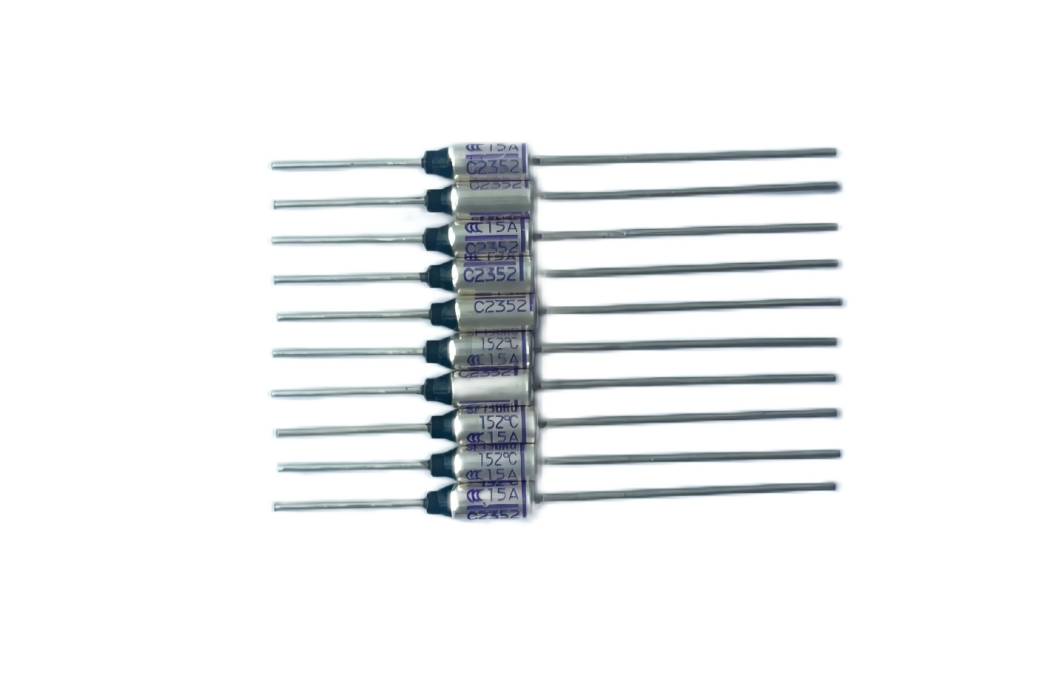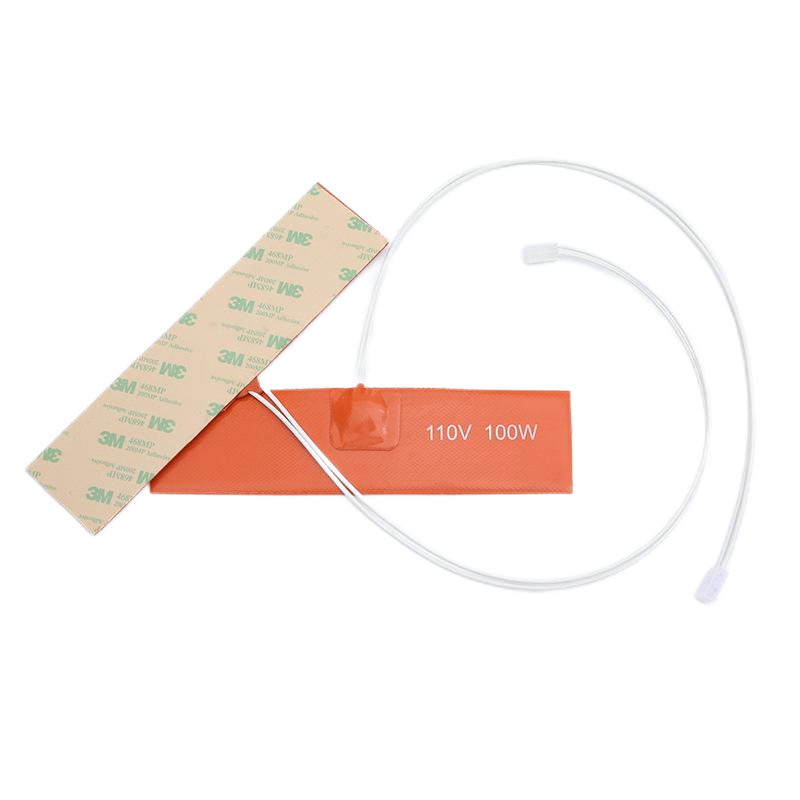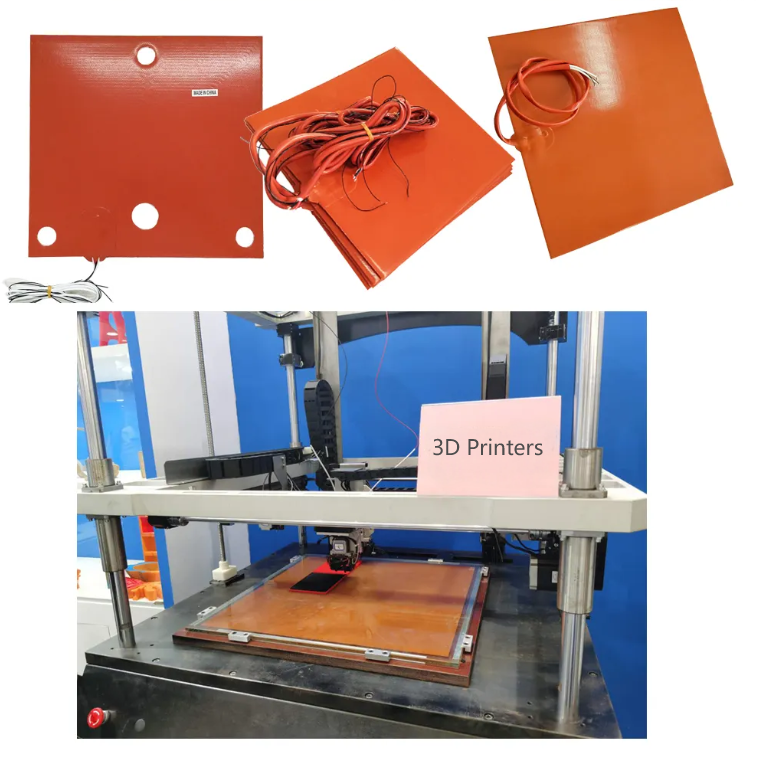
How Polyimide Heaters Keep Lenses Crystal Clear in Extreme Cold

Thermal Fuses: Small but Mighty Protectors of Your Electronics

What Are the Key Differences Between Silicone and Other Heating Materials?

Why Silicone Heaters Are Better Than Polyimide for 3D Printer Heated Beds?

Why Most Flexible Heaters Use Adhesive Backing?
Clear vision is critical for any camera system, but temperature extremes can quickly compromise performance. Whether you are operating drones at high altitudes, monitoring with security cameras, or simply using a dashcam in winter, condensation and frost are persistent challenges. Heating your camera lens solves these issues - here's why it matters:
Camera lenses can fog or frost in cold conditions (e.g., winter, high-altitude drones). Heating prevents condensation when moving between temperature zones (e.g., car dashcams) and ensures clear, sharp images.
Polyimide (PI) film is a thin, flexible material that becomes a low-power heater when paired with a conductive layer (metal traces or carbon ink). Applying electricity generates gentle, even heat.
PI Film Heater: Thin sheet with conductive traces (copper/aluminum).
Power Source: Small battery (5–12V) or USB for low-wattage heating.
Thermal Sensor (Optional): Auto-adjusts heat based on temperature.

Many suppliers offer custom-sized heaters for cameras. Simply adhere it behind the lens or to the housing.
Example Specs:
Voltage: 5V (USB) or 12V (car battery).
Power: 1–3W (safe and efficient).
Temperature: 30–50°C (melts frost without damaging components).
Cut PI Film to match the camera’s shape (e.g., lens ring).
Add Conductive Traces using copper foil or printed ink in a zigzag pattern.
Connect Wires to a power source (include a resistor for heat control).
Test & Secure with heat-resistant adhesive.
Use low voltage (5V/12V) to prevent overheating.
Place the heater around the lens, not directly on it.
Limit power draw to ≤3W for small cameras (check manufacturer guidelines).
Car Dashcams: Prevents frost in winter.
Security Cameras: Eliminates indoor/outdoor fogging.
Drone Cameras: Avoids ice at high altitudes.
Industrial Cameras: Cold storage or marine environments.
Thin & Lightweight: Fits compact spaces.
Flexible: Conforms to curved surfaces.
Energy-Efficient: Lower power consumption than metal heaters.
Durable: Resists water, chemicals, and extreme temperatures.
PI heaters offer a simple, energy-efficient solution to keep camera lenses clear in challenging environments. Whether you are a hobbyist using drones in cold weather or a professional maintaining security cameras, integrating a Polyimide heater can significantly improve reliability and image quality. For best results, choose a pre-made heater for convenience or explore DIY options for custom setups. Stay frost-free and capture sharper visuals - no matter the temperature. Please feel free to contact HRX heaters to discuss more details.

We offer a wide variety of high-efficiency heaters and heating element.Such as polyimide/kapton heaters,silicone rubber heaters,PET transparent heaters, thick film heaters,PTC heaters, mica heaters,epoxy resin heaters and graphene heating film.